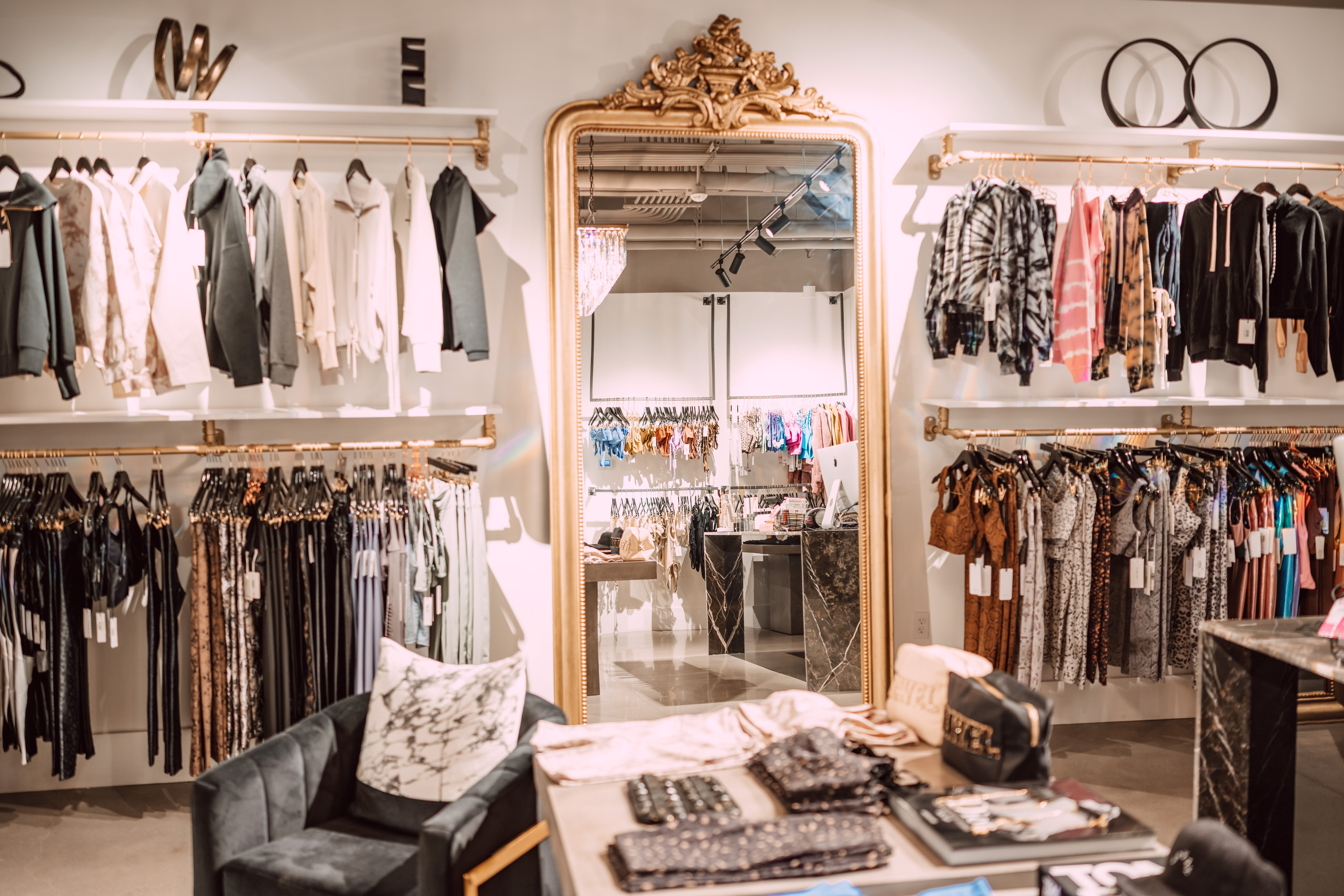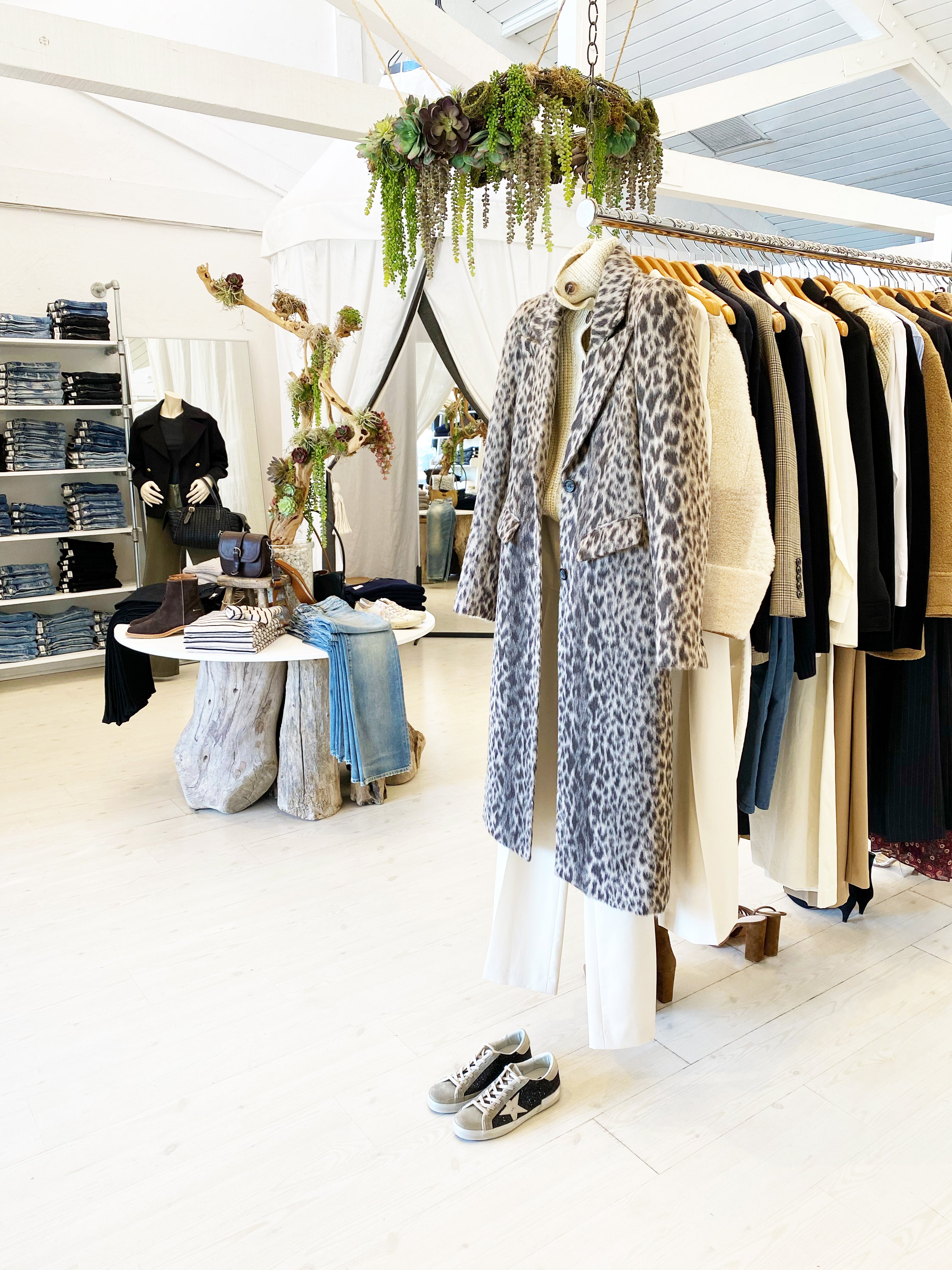Lasting Fashion: Exactly How Eco-Friendly Apparel Is Shaping the Future of Style
As the fashion business encounters boosting examination over its environmental effect, the increase of lasting style provides a promising choice that straightens design with environmental responsibility. Employing ingenious materials such as plant-based textiles and recycled fibers, together with advanced methods like digital and 3D printing, designers are redefining what it suggests to be fashionable in the modern age. Concurrently, the growing popularity of upcycling and second hand society is cultivating a change in the direction of a round economic climate. Yet, just how does this activity absolutely affect the future trajectory of style, and what challenges lie ahead in its widespread fostering?
Cutting-edge Sustainable Materials
As the style industry grapples with its ecological influence, ingenious lasting materials have arised as a vital solution for lowering ecological footprints. These products not just minimize dependence on fossil gas but likewise lessen damaging chemical use and water consumption.
Along with plant-based products, innovations in biofabrication have led to the development of lab-grown fabrics. Mycelium natural leather, stemmed from mushroom roots, presents a naturally degradable and flexible option to animal natural leather. Its production results in considerably lower carbon emissions and water usage, making it a much more lasting choice for style designers looking for to straighten with eco-friendly practices.
Recycled materials are additionally gaining traction, with polyester made from recycled plastic bottles representing a substantial innovation. This technology not just draws away plastic waste from garbage dumps and oceans however additionally reduces power intake contrasted to generating virgin polyester. With each other, these materials highlight the possibility for a more sustainable garment industry, leading the way for eco aware design and production.
Eco-Conscious Production
Structure on the technologies in lasting materials, the fashion business is additionally re-evaluating its production processes to further minimize ecological impact. Trick strategies include minimizing water consumption, minimizing carbon exhausts, and eliminating harmful chemicals. By adopting closed-loop systems, manufacturers intend to recycle water and power efficiently, significantly lessening waste. The combination of sustainable power resources, such as solar and wind power, into production facilities even more cuts reliance on nonrenewable fuel sources.
Another essential element is the decrease of hazardous chemicals typically made use of in dyeing and ending up textiles. Eco-conscious suppliers are moving towards plant-based dyes and waterless dyeing modern technologies, which not only protect local ecosystems however also improve employee security. Advancements like digital printing minimize fabric waste and power consumption, supplying a cleaner option to traditional approaches.
In addition, openness and traceability have become extremely important. With the improvement of blockchain modern technology, firms can currently supply comprehensive insights into their supply chains, making sure moral and eco-friendly methods at each action. This transparency builds consumer trust and motivates brand names to preserve high sustainability standards. As the demand for eco-conscious products expands, makers are obliged to introduce, making certain that the future of style is both lasting and elegant.
The Increase of Upcycling
Upcycling, a transformative method in lasting style, involves creatively repurposing discarded materials right into brand-new, premium products. This ingenious approach not only lowers waste but additionally lessens the demand for basic materials, thereby lessening the ecological effect of garments manufacturing. By rebuilding and reimagining existing products, designers and style brands have the ability to instill originality into their collections while advertising ecological responsibility.

In addition, the upcycling movement has actually equipped small services and independent developers, who frequently lead in development because of their agility and creative thinking. By taking advantage of the bountiful schedule of unused products, these entities add to a round economy, showing that fashion can be both sustainable and stylish. With upcycling, the industry takes substantial strides in the direction of a much more accountable and aware future.
Thrift Society's Impact
The expanding second hand society considerably reshapes the landscape of sustainable fashion, stressing the relevance of conscious intake. This social read shift encourages customers to accept used apparel, thereby reducing the demand for new garment production and decreasing ecological impact. Thrift buying not just expands the lifecycle of garments however also lowers the carbon impact associated with production, transferring, and taking care of clothing.
A crucial facet of thrift culture is its democratization of style. By offering a large selection of styles from numerous periods at budget friendly rates, thrift stores make style accessible to a wider target market. This accessibility promotes a sense of uniqueness and imagination, as consumers mix and match special pieces to curate customized closets without adding to the fast style cycle.
Additionally, second hand society advertises circularity in vogue, aligning with the concepts of a circular economic situation. By recirculating garments, the cycle of waste is disrupted, and sources are saved. This technique sustains a change from a direct "take-make-dispose" model to a more lasting framework. As even more designers and consumers welcome second hand society, the fashion business is obliged to adapt, integrating sustainable practices to satisfy the expanding need for eco-conscious options.

Future Trends in vogue
Fashion's advancement is increasingly formed by sustainability-driven efforts and technical innovations. One popular fad is the surge of digital fashion, where online garments can be worn in enhanced fact environments, substantially reducing fabric waste.
Additionally, the assimilation of blockchain modern technology offers brand-new possibilities in transparency and traceability, enabling customers to confirm the sustainability qualifications of their garments. boutique fashion. This ensures responsibility in supply chains and promotes honest sourcing practices. 3D printing is yet another development that guarantees to change making processes by enabling on-demand production, consequently minimizing excess supply and waste
As these technologies mature, they are poised to change the style landscape, merging design with sustainability. The future of fashion, as a result, lies in a seamless blend of innovation, technology, and environmental duty.
Conclusion
The improvement of the apparel industry with sustainable techniques suggests a critical change towards ecological responsibility. The combination of ingenious products, eco-conscious production strategies, and the embracement of upcycling and thrift society emphasizes a dedication to reducing eco-friendly footprints. As these practices obtain energy, they redefine the sector's narrative by prioritizing ethical and lasting selections. This development not only straightens fashion with environmental sustainability but also establishes a criterion for future patterns focused on duty and technology.
As the style industry encounters boosting scrutiny over its environmental impact, the increase of sustainable fashion offers an encouraging option that straightens style with environmental responsibility.As the fashion market grapples with its ecological influence, ingenious sustainable materials imp source have actually arised as an essential solution for lowering ecological impacts. Together, these products emphasize the capacity for a much more lasting style industry, paving the means for eco mindful layout and manufacturing.
Building on the innovations in lasting materials, the fashion industry is likewise re-evaluating its manufacturing additional reading procedures to further minimize environmental influence. boutique fashion.Upcycling, a transformative technique in sustainable fashion, involves creatively repurposing discarded materials into new, top notch products